Home › Software development › AcouS PROPA®
Home › Software development › AcouS PROPA®
Modelling software used to carry out predictive calculations of sound propagation in enclosed spaces and outdoors, such as sound propagation taking into account transmission through walls, spatial sound decay, temporal sound decay, etc., in acoustical engineering fields such as industry, the environment and room acoustics.

AcouS PROPA® software is a simple and adaptable tool that allows you through its applications to cover all areas of engineering acoustics :
and can perform projected sound propagation calculations in confined spaces or outdoors.
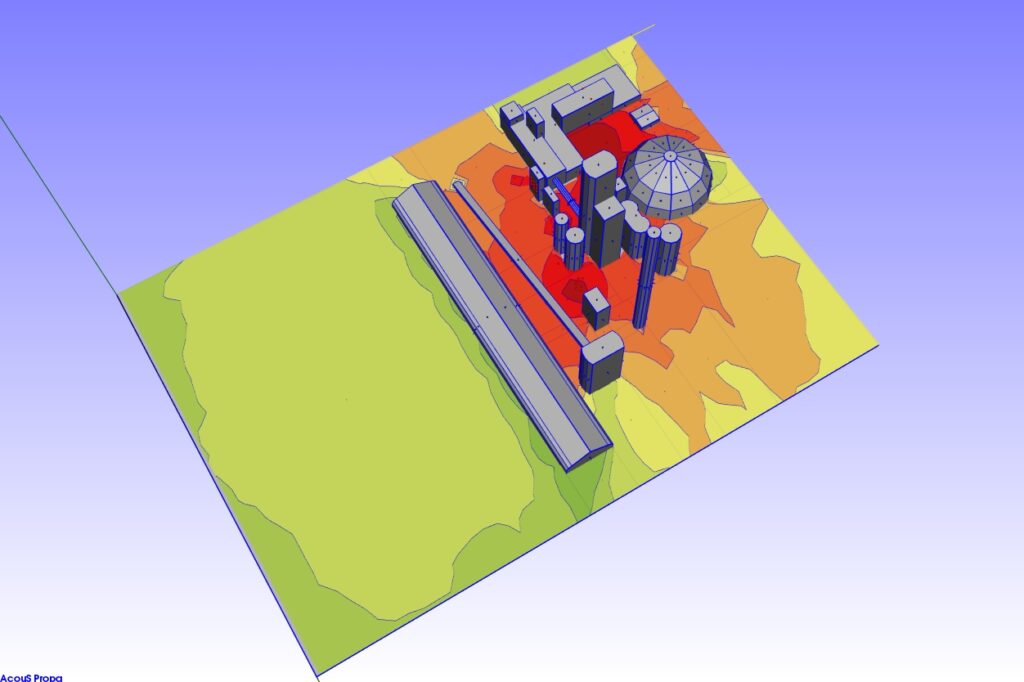
Therefore this software allows you to access all three following types of forecast calculations :
AcouS PROPA® is a modular tool designed to meet the specific needs of each user. If your needs change, additional modules can be added at any time.
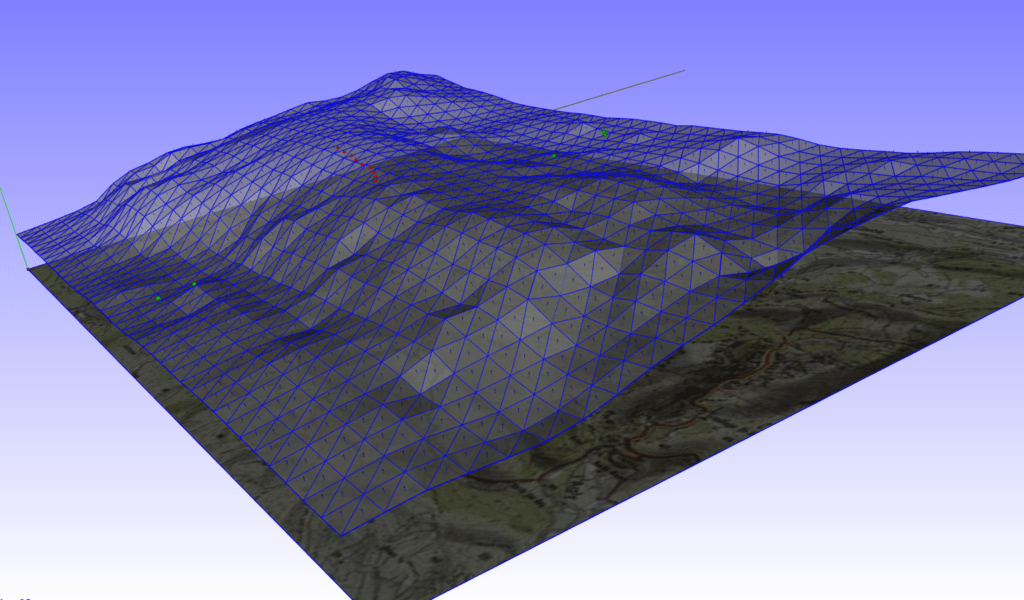
AcouS PROPA® acoustic software is articulated in different modules. All software features are thus related to each other. It is therefore possible to install additional modules at any time.
Details of the various modules available to you :
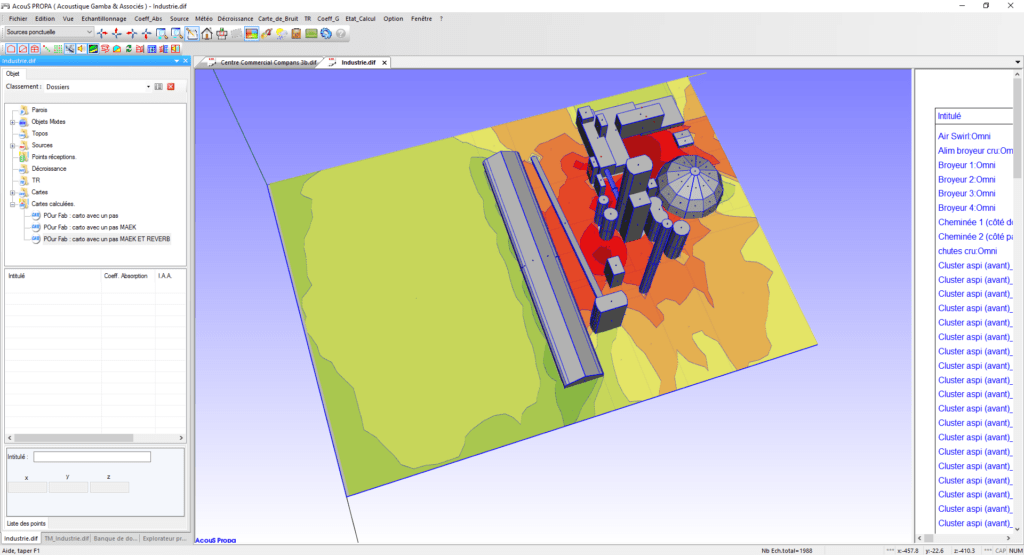
AcouS PROPA® simulates sound propagation due to one more sources of noise in open or closed 3D environments.
This software is based on the assumption of acoustic diffuse reflection in a wall according to Lambert's law and assumes that the intensity at any point in the space consists of the superposition of a direct component, i.e. the intensity emitted directly by the source component and a reverberant contribution. The first term, easily ascertainable, is a free-field propagation of spherical waves whose theoretical model is well known. On the other hand the second term is more difficult to quantify. It requires the assimilation of the walls of the premises in triangular surface elements behaving as point sources of well-defined directionality.
In addition, this model takes into account the geometry of the room, material characteristics and positions of the source and receiver.
This method chooses the descriptive variables as power densities (homogeneous intensity) present on the walls. The mathematical process that governs their determination is a process called "Markovian" which asserts that the state of a physical phenomenon depends only on its previous statements directly. Thus, in our case, the power density present on a dS' wall element at a t instant depends only on those present on all other e dS' elements forming the space at t instants diminished by their travel time respectively.
The dS wall element behaves like a point source at its centroid. Its radiation is spherical and that in the upper half-space. Its directivity is of the form : Q (Ɵ) = 4 cos Ɵ
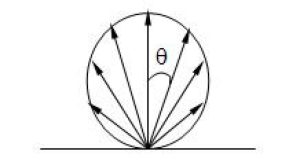
Before any acoustic simulation, a factor known as "shape" is computed and translated in the form of a matrix, the visibility between each sample of sides, or sources, or points of reception. This coefficient depends only on the number of samples and therefore the number of wall and surface samples.
Then from the characteristics of the noise source (power per band, directivity, position), the algorithm performs a complete energy balance between the samples and determines the power density received by each of them compared to others and the direct wave. This calculation obviously takes into account the absorption of the walls of the premises.

The intensity received at the receiving point then has two components. The first corresponds to the intensity direct from the source whose propagation is in free field and the second comes from the different surface elements dS involved in the process of diffuse reflection. dS which contribute to the diffuse reflexion.
AcouS PROPA® acoustic software was developed on this model of diffuse reflection over the past twenty years and has been compared to measurements on several occasions with convincing results.
Taking into account the phenomenon of diffraction is a key element and not negligible, especially in open spaces. The algorithm is based on the theory of Maekawa.
Before any calculation of attenuation for a given source and receiver, the algorithm fills in the form factor of all possible paths between each source element, each "free" edge of the premises and each receiving element. The calculated paths are considered the shortest between each of these elements. For a given receiver, the algorithm then calculates the total attenuation provided by each of these routes. This attenuation is then subtracted at direct pressure to get the "diffracted" level received.
AcouS PROPA® is unique acoustic software, with which it is possible to implement any type of calculation in a single model (room acoustics, premises acoustics, environmental acoustics), while fully retaining its data sources, geometries.

Industrial building mapping
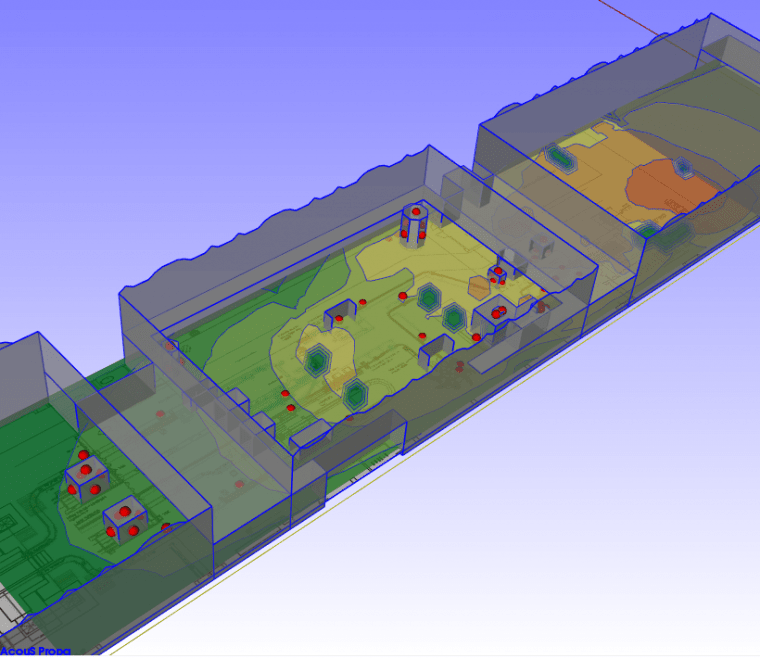
Spatial decay calculations, noise maps, signal to noise relationship, radiation through the walls, AcouS PROPA® has always had all the functions needed for this field of acoustic engineering.
AcouS PROPA® is unique acoustic software with which it is possible to implement any type of calculation in a single model (room acoustics, premises acoustics, environmental acoustics), while fully retaining its data sources, geometries.
Whether an industrial project, a wind farm, an open spaces,...AcouS PROPA® calculates acoustic noise maps for outdoors and incorporates a unique optional calculation module in favourable and unfavourable conditions for propagation, taking into account wind speed and direction, atmospheric conditions (day and night,...)
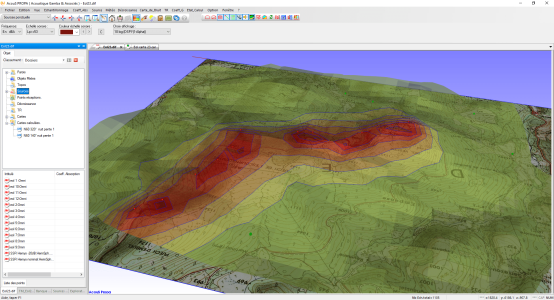
Windfarms propagation model
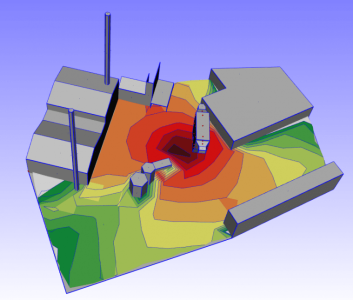
Acous Propa : Indoor and outdoor acoustic model
AcouS PROPA® is unique acoustic software with which it is possible to implement any type of calculation in a single model (room acoustics, premises acoustics, environmental acoustics), while fully retaining its data sources, geometries.
This module offers the user the ability to calculate key criteria such as C80, D50, EDT, Tr and echogram, with a temporal resolution of 1 ms. The comparison calculation-measures are facilitated by the import of measured decay time and pasted into a spreadsheet.
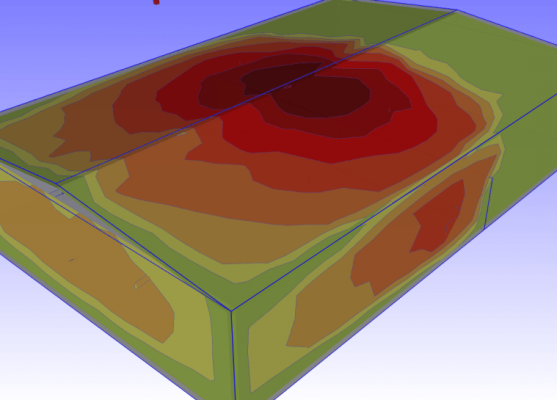
Room acoustic propagation model
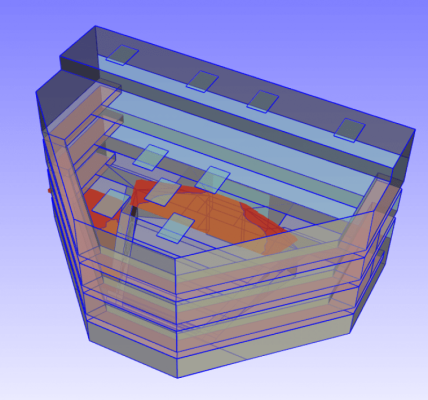
Indoor acoustic propagation model
Training goals : :
Provide participants with basic knowledge of the phenomenon of acoustic propagation and its modeling.
People concerned : :
Engineers and technicians working in the field of noise control at work or environmental noise.
For further information, please contact Marion Lorin
For all our software, a complete range of products and services is at your disposal :
This maintenance contract provides among other things : the maintenance of the software and the dongle, the delivery of software updates for free for holders of the maintenance contract, phone support, special discounts on other software
Each year a new version containing additions or changes in the software is available.
Each year and each software program, at least one day of information and discussion is held with the users of such software.
We can do calculations of acoustic simulations on request with the use of our software.
You can avail of these services free or at very favorable terms for an annual fee.
For more information, please contact us
You will find below answers to some questions you ask and which we hope will give you the information you seek.
This is how the reflection on the walls (soil, buidings,...) is considered. Reflection is called "specular" when the wave is reflected with an angle equal to the angle of incidence (that is, for example, optics in a mirror). Our model takes into account a diffuse reflection, i.e. the energy reflected from a wall is re-emitted in all directions, via a coefficient of directivity angle-dependent re-emission. This is a hypothesis that best represents reality, particularly in the external environment, where all the important parameters with respect to reflection tend to generate a diffuse reflection (different materials, many kinks and bumps, uneven surfaces...).
Assimilated to a point when the source is small compared to the distance of propagation; Linear, surface or volume depending on the ratio between the characteristic dimensions and the propagation distance, obtained by composing a number of point sources.
Our model calculates the attenuation by shielding effect of any obstacle placed between a source and a receiver (calculating the diffraction on edges of obstacles).
Moreover, each wall is characterized by a sound absorption coefficient. Each building and each floor element therefore participate in the propagation of sound or sound attenuation.
Yes, this module known as "weather" is integrated in AcouS PROPA® and it calculates the influence of the wind rose through the inclusion of meteorological information attached to the calculation, such as the direction, wind speed, temperature, etc...
The module "weather" affects the propagation of sound waves by bending them upwards (if the wind direction is opposite to the direction of sound propagation) or by pushing them down (if the wind and propagation of sound waves follow the same direction).
Yes, AcouS PROPA® is capable of making calculations, whatever the nature of the site, open or closed (industrial, building or wind). The calculation of propagation is governed mainly by the strength and direction of sound sources, the direction and nature (absorption coefficient) of the walls and floor. You can make long distance calculations for a wind farm taking into account the influence of weather on the site.
Vous pouvez faire une carte de bruit qui suit le sol ex :
carte son qui suit le sol
Pour cela il faut au préalable sélectionner les parois qui doivent être considérées comme sol : Via ce menu
Triangle
menu de selection
Ensuite dans cette fenêtre définition de la carte de bruit, cliquer sur carte relief :
Triangle
Et définir la hauteur au dessus du sol des points.
Puis choisir un pas (m) pour les points de mesures dans « changer le pas »
Je crois voir sur votre modèle que vous calculez l’acoustique dans les locaux avec le même modèle que celui utilisé pour la propagation extérieure. Ce n’est pas la méthode à suivre car cela peut engendrer des erreurs numériques.
Il faut faire le calcul intérieur avec le bâtiment seul, puis importer les sources parois dans un modèle où il n’y a que le sol et l’enveloppe des bâtiments (sans leur sol) afin de faire le calcul avec uniquement les parois utiles à chaque fois.
Cela évite aussi les erreurs de sens des parois.
For file exchanges with Autocad, Revit and SketchUp. We have a gateway to exchange 3D models between AcouS PROPA and SketchUp.
Oui, vous avez à votre disposition après le téléchargement des manuels et didacticiels sur chaque logiciel. (voir image ci-dessous)
C’est possible, en collant une carte résultat dans le .car via le menu édition (voir photo FAQ image 1)
Et à partir d’un format de fichier spécifique qui se trouve là (voir FAQ image 2)
Il faut indiquer dans le fichier, les coordonnées X,Y,Z et le spectre associé au point de mesure, ainsi que le nombre total de points de mesures.
Elle apparait dans le .car à côté des cartes calculées.
Bien fait le copier coller de la case A1 (avec un * devant le nom de la carte) à la case JX du dernier point.
Il n’y a pas de façon particulière à suivre. Le C80 est lié au RT60, donc si celui-ci est correctement calé, le second devrait l’être aussi. Et pour le calage, il se fait par calculs itératifs en modifiant les coefficients d’absorption, la position des matériaux et les volumes éventuellement.
Pour réinitialiser les fenêtres, fermer tous les documents dans AcouS PROPA® et puis sélectionner dans le menu Outils/Réinitialiser outil.
Ensuite il faudrait fermer et réouvrir AcouS PROPA®.
Ceci a pour effet de réinitialiser le logiciel comme après une installation.
You can also contact us directly by telephone on 05.62.24.36.76